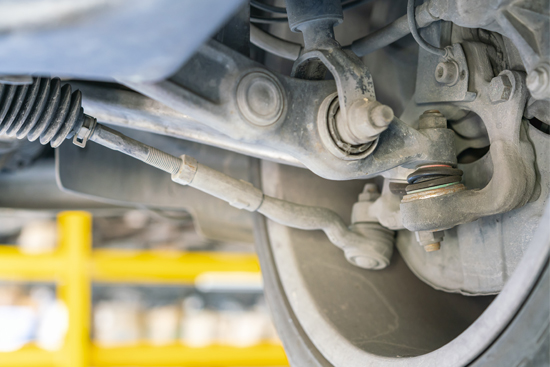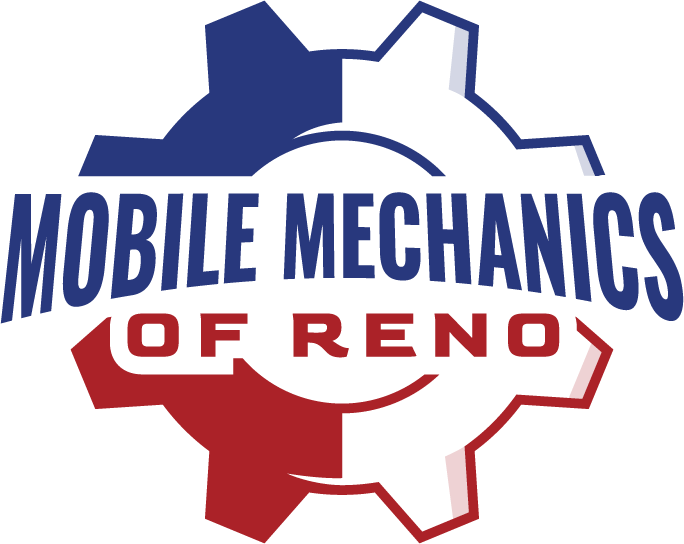Steering
The steering system is a collection of components that enable a vehicle to steer in a specific direction. Its primary function is to allow the driver to steer the vehicle in the desired direction. We are a reliable mobile mechanic in Reno, Nevada, and we offer superior steering and suspension repair services.
Power Steering

In motorized cars, a power steering mechanism reduces the amount of work needed to turn the steering wheel, allowing the driver to maneuver the vehicle more easily. This makes turning the car simple for the driver.
Even a completely functional vehicle took a lot of time to steer in the early days of automobile history. Much of that changed in 1951, with the introduction of the Chrysler Imperial, which was called “the miraculous modern Hydraguide power steering” by the press.
When the car’s power steering fails, turning the wheels becomes exponentially more complex. Since the wheels can spin, the force used to do so will be unforeseen and troublesome. If a car’s power steering fails when it’s moving, it may cause an accident.
Power Steering Types
In today’s new vehicles, electric power steering (EPS) is the norm. It is the most advanced power steering system available. With electric motors and sensors from hydraulic power steering, the hydraulic mechanism is completely restored.
The engine distributes power steering fluid to the whole system of hydraulic systems, also known as high-pressure steering (HPS). The fluid in the power steering is what gives it its power. The hydraulic piston will shift thanks to the fluid pumped by the pump, which reduces the effort required to turn the wheel.
The electro-hydraulic power steering mechanism is a combination of the hydraulic and electric forms of power steering. It functions similarly to a hydraulic-assist system, with the exception that the hydraulic motor is generated by an electric motor rather than the engine driving the pump.
Common Challenges In Power Steering System
Power steering issues will occur for several causes. Be extra cautious and vigilant when driving your car. Once you experience several issues, it’s time to contact a trusted mobile mechanic that can come and help you wherever, whenever. Here are some of the signs of power steering issues that you should look out for:
- If the steering wheel is difficult to turn or feels heavy
- Steering wheel’s poor returnability
- Strange sounds coming from the steering wheel
- When the steering wheel shakes when you turn or use brakes
Have you noticed any of these warning signs while driving? When was the last time you had your vehicle’s steering mechanism and brakes inspected? Call your dependable Reno mobile mechanic right away for a consultation and repairs.
Wheel Hub Assembly
The wheel hub assembly secures the wheel to your car and allows it to spin freely, allowing you to steer safely. The anti-lock braking system (ABS) and traction control systems (TCS) all depend on the wheel hub assembly.
The anti-lock braking system (ABS) and the traction control system all depend on it (TCS). Apart from bearings, the WHA has a wheel speed sensor that regulates the car’s anti-lock brakes. The sensor transmits the speed of each wheel’s rotation to the ABS control system, which determines if the anti-lock brake is required.
The wheel sensor of your car’s ABS is also used by the TCS. The TCS and ABS systems work together to help you maintain control of the vehicle. The TCS and ABS systems could all be damaged if the wheel sensor fails.
Each wheel has a WHA located between the drive axle and the brake drums or discs. The wheels are connected to the bolts of the WHA on the brake disc. The WHA is attached to the steering knuckle on the drive axle. If you want to see the WHA, you’ll need to detach the tire, brake caliper, and brake rotor.
- Abrasion-resistant ABS cord
- Quad up seal design
- Roll form design
- Precision matched components
- Wheel stud with a protective coating
- If the sensor fails or the signal is lost, the ABS light will illuminate.
- When you reach 30 to 45 MPH and strange noise comes out from the tires
- Steering wheel vibrates
- Clicking noise from the wheels
If either of the above occurs, contact your mobile mechanic right away.
Suspension System
Suspension is the mechanism that attaches a car to the wheels and makes relative motion between them. It consists of tires, tire fluid, springs, shock absorbers, and linkages. Suspension systems must manage both road holding/handling and ride performance.
Your car’s suspension should help its ability to “smoothen out” a bumpy ride, as well as its ability to comfortably drive, stop, and corner (handling). To summarize, the suspension’s function is to provide steering capacity as well as good handling while also ensuring passenger comfort.
- Frame
- Steering system
- Tires and wheels
- Suspension system
- Lost of control when driving high speed
- Rough ride overall
- Knocking over road bumps
- Drifting
- Shifting direction without turning the wheel
If any of these issues occur, it’s time to contact a Reno, NV on-site technician. Don’t wait for the problems to worsen before having the car’s suspension system tested and repaired by a specialist. Experts advise doing a routine inspection of the suspension structure regularly.

